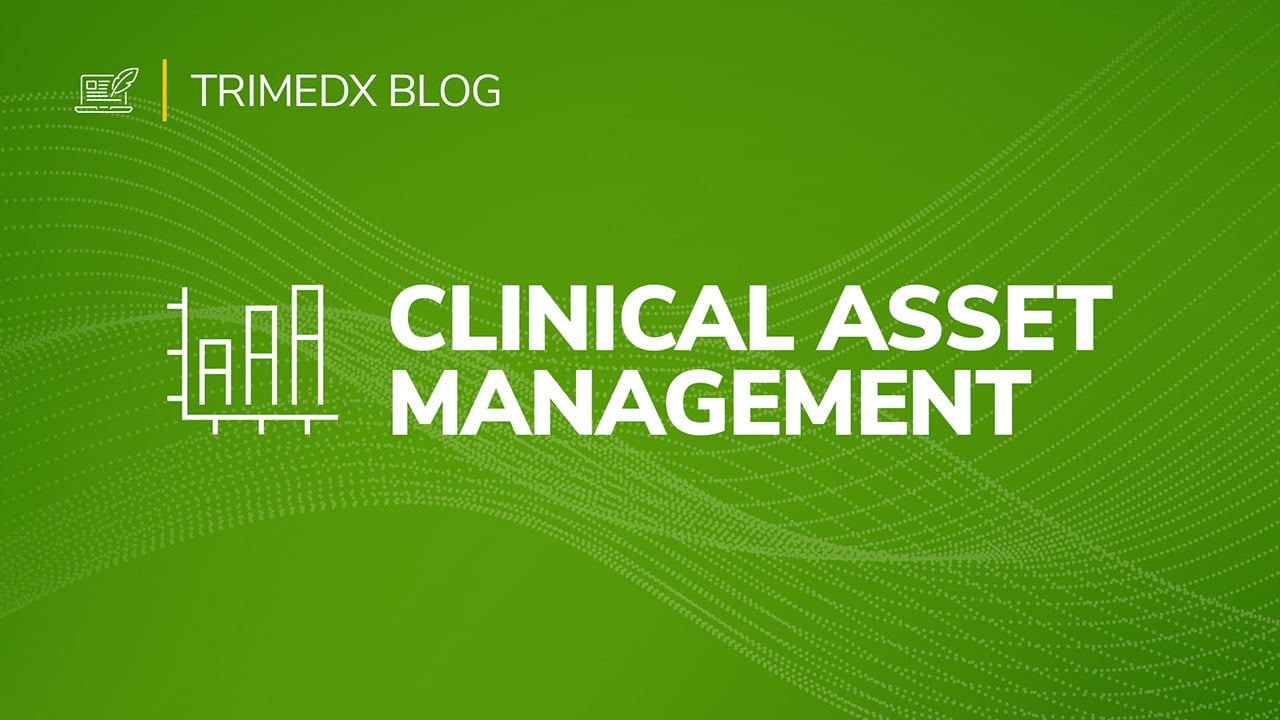Health systems are still struggling to cope with the long-term financial impact of the ongoing pandemic. Shifting site-of-care models and recurring postponed or canceled elective procedures have left revenue streams more unpredictable than ever. While profitable outpatient volumes remain below pre-pandemic levels, hospitals continue to be overwhelmed with sicker, higher acuity cases—mostly COVID-19 patients—that incur higher costs from longer inpatient stays and more intensive treatments.
The systems are also dealing with pandemic side effects of supply disruptions and clinician burnout that are resulting in significant jumps in labor and supply costs. In a recent industry report, hospital margins are expected to remain below pre-pandemic levels, with over a third of hospitals reporting negative margins in 2021.
Searching for savings
Facing a challenging financial outlook, health systems are looking for creative ways to cut their operating and capital expenses to create financial stability. Many health systems are engaging in large-scale cost transformation projects with the goal of cutting millions in expenses and cutting superfluous spending across the entire organization.
Often, these cost transformation projects are overly complex, span several functional areas, and are difficult to garner leadership buy-in or effectively implement. Additionally, these consulting activities can cost millions in current budget dollars but take years to produce the promised savings.
A more effective approach would be to focus on a specific area to identify potential savings. By targeting certain functional areas or business processes for improvement, it can be easier to collaborate with key leaders and management teams to implement changes that drive results.
Leverage what you have
A health system’s clinical assets account for 25% of a health systems’ capital expenditures on average. And the operating costs to maintain the performance of these medical devices can be a big line item on the budget. Because most health systems don’t see their medical devices as a strategic resource, they don’t realize the hidden savings they hold.
The team that manages these clinical assets, clinical engineering, is a good place to start when looking for opportunities for improvement. Clinical engineering departments can leverage their technology and inventory data to identify devices that are costly to maintain or should be retired from use, which can lower operating expense costs.
TRIMEDX provides comprehensive clinical asset management solutions that expands the focus beyond device repair and maintenance to optimize the entire lifecycle of clinical assets from acquisition to disposal. This comprehensive solution offers an advanced clinical asset analytics platform that provides visibility into your entire clinical asset inventory and proactively identifies significant savings by highlighting devices that are in excess when benchmarked against patient volumes or devices that are underutilized.
Create sustainable savings
Optimizing your clinical asset inventory isn’t just a one-time savings project. To create sustainable savings, the data and clinical asset analytics provided from your clinical engineering technology should be fully incorporated into the capital planning decision-making process.
With a comprehensive clinical asset management approach that references best-practice inventory benchmarks and analyzes equipment usage metrics, health systems can make smarter equipment purchase decisions. Delaying the purchase of new equipment by better using the devices they already have or preventing overbuying devices based on patient demand trends can save health systems millions in capital expenses.
Health systems that establish capital planning governance to leverage objective inventory data and analytics will be able to develop a standardized process that is repeatable and sustainable for long-term optimization and financial success.
To inquire directly about our clinical asset solutions, fill out our Contact Form.
